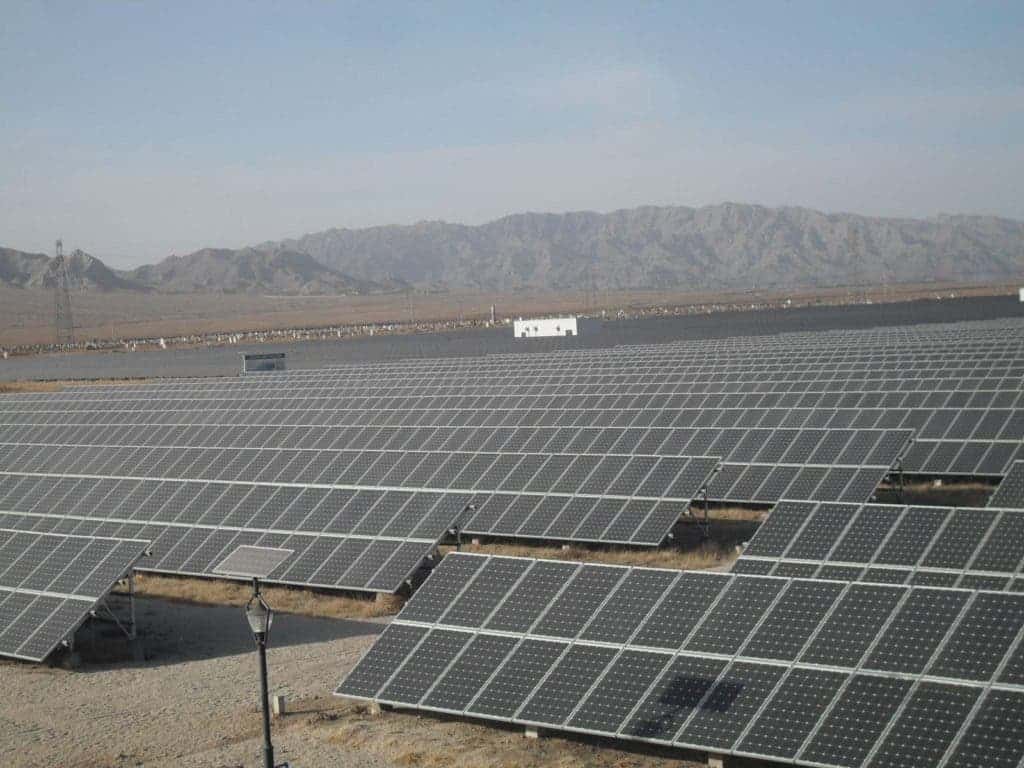
California will soon no longer be home to the largest solar power plants in the world after China will complete a 2 GW solar farm in the Ningxia region. According to Bloomberg, the power plant will be huge by current standards surpassing anything that came before it by a long shot. Owned and operated by China’s biggest private investment group, once completed the solar farm will cover 4,607 hectares and supply 2GW of power. That’s more than Thailand’s entire photovoltaics capacity in 2015 or nearly as much as Canada’s.
The China Minsheng New Energy Investment Co. will invest $2.34 billion in the plant that will see 6 million solar panels installed in the Ningxia region of the country’s northwest. The Ningxia region is host to a slew of renewable energy projects, including wind farms. According to a cooperation agreement between CMIP New Energy and the Ningxia autonomous government, CMIP will invest CNY 100 billion ($16.1 billion) in five areas, including solar PV plants, in the next three to five years. The plan is to ultimately install 12 gigawatts of power capacity. For comparison, the United Kingdom will barely complete 11 GW of installed solar at the end of 2016.
The new Ningxia plant will be the coronation of China’s long-running and ambitious plan to transition to 20% renewable energy by 2020. Investment soared from $39 billion to $111 billion in just five years, while electric capacity for solar power grew 168-fold and wind power quadrupled. China is not only the world’s largest solar power producer but also leads the pack in wind energy.
Unlike previous massive solar infrastructure works in China, however, this is a completely private project.
“Such a gigantic plant shows that China is actively supporting clean energy and it can serve as the kind of landmark that private companies can use to demonstrate to their shareholders that they have the ability to do such projects,” said Wang Haisheng, executive general manager of the equity division at Ping An Securities Co. “But it will also increase their risks given the size.”
Since June, 380 megawatts out of the planned 2,000 megawatts of capacity have been connected to the grid already. Since construction began, solar panel cost averaged 3.85 yuan a watt but have now fallen 12 percent to 3.4 yuan a watt, meaning the project might end up costing less than initially planned.
There are also many challenges that Minsheng needs to face going forward. The scale of renewable energy adoption in China has been huge, but the grid infrastructure hasn’t kept up and many panels and wind turbines have to sit idle. This is called “curtailment,” which means power grids do not use renewable power even when wind and solar power plants are capable of producing it. Close to 10 percent of solar capacity remained untapped during the first half of 2015, while around 15 percent of wind power was wasted throughout the year. In Ningxia things are even worse as about 20 percent of solar power sat unused. Hopefully, as China adds solar panels by the millions, it will also upgrade its grid to stay in tune.






